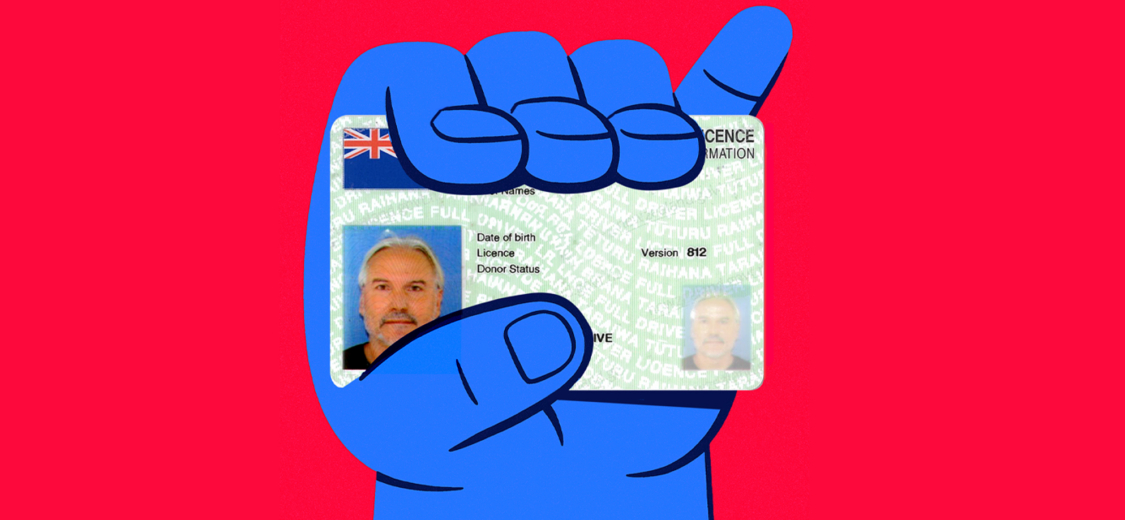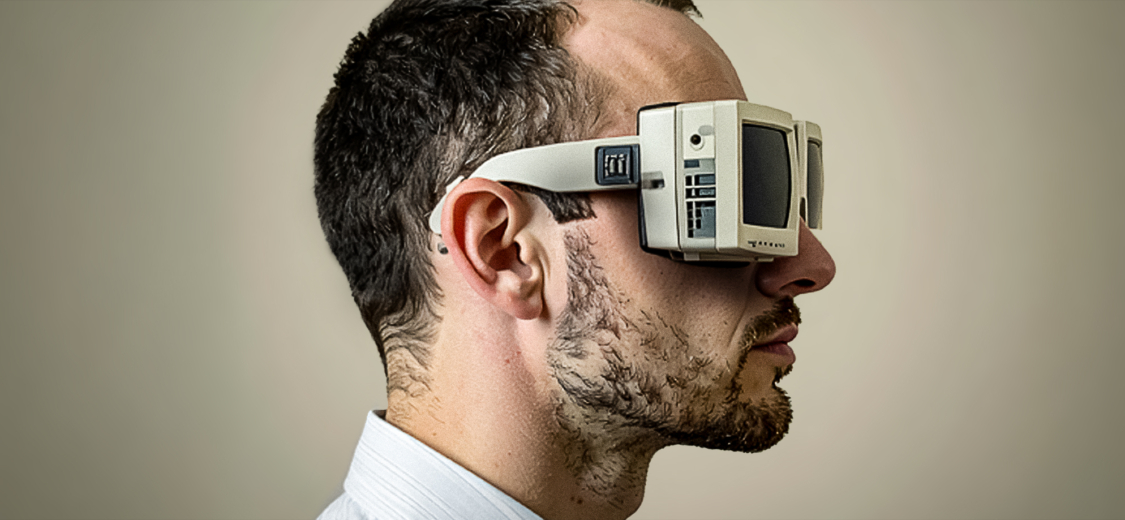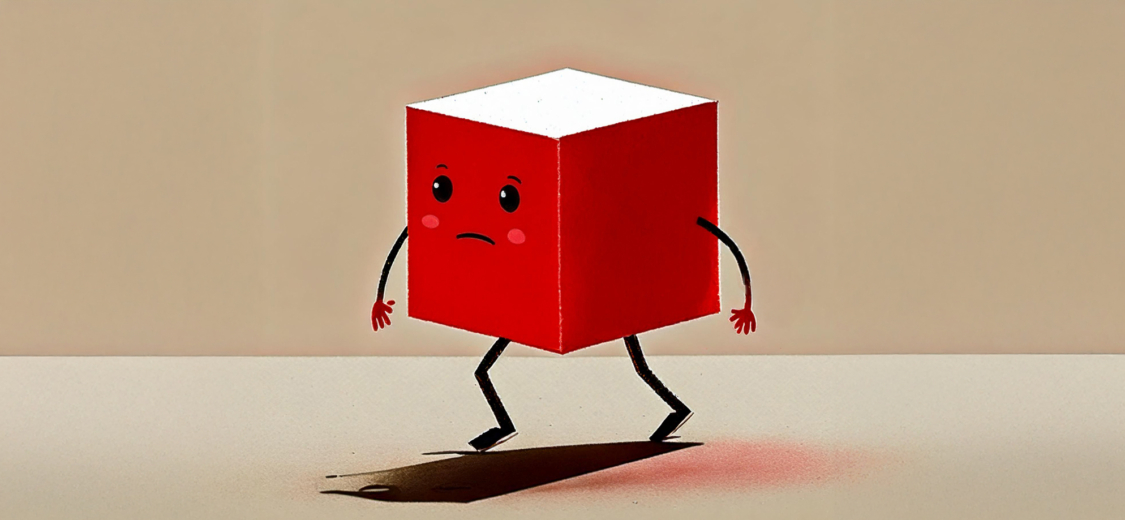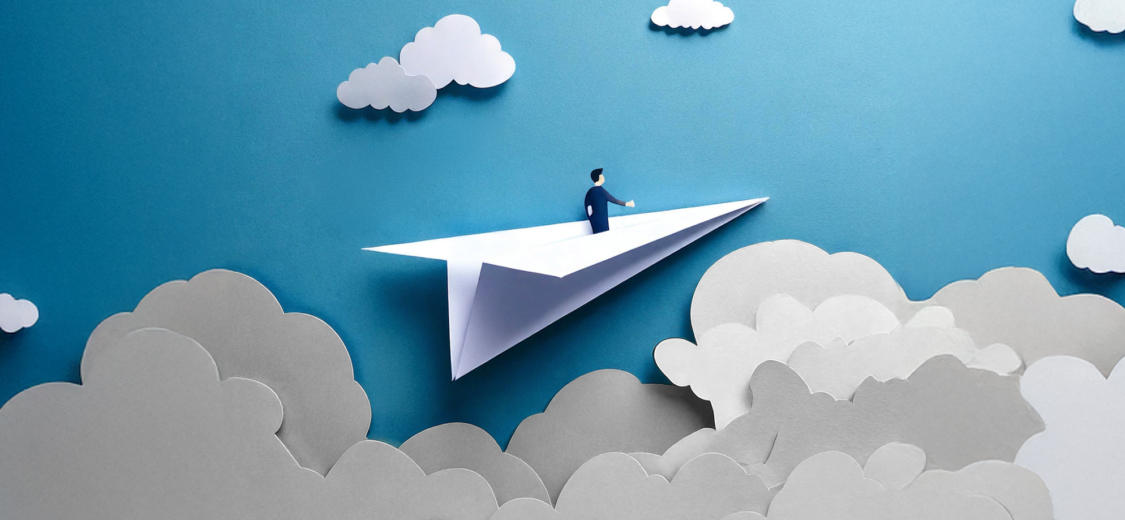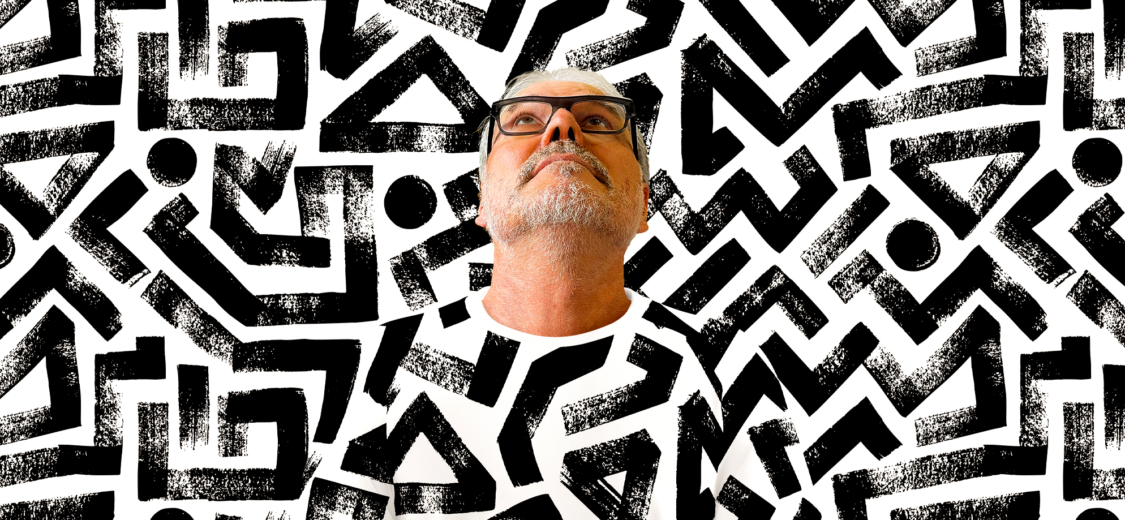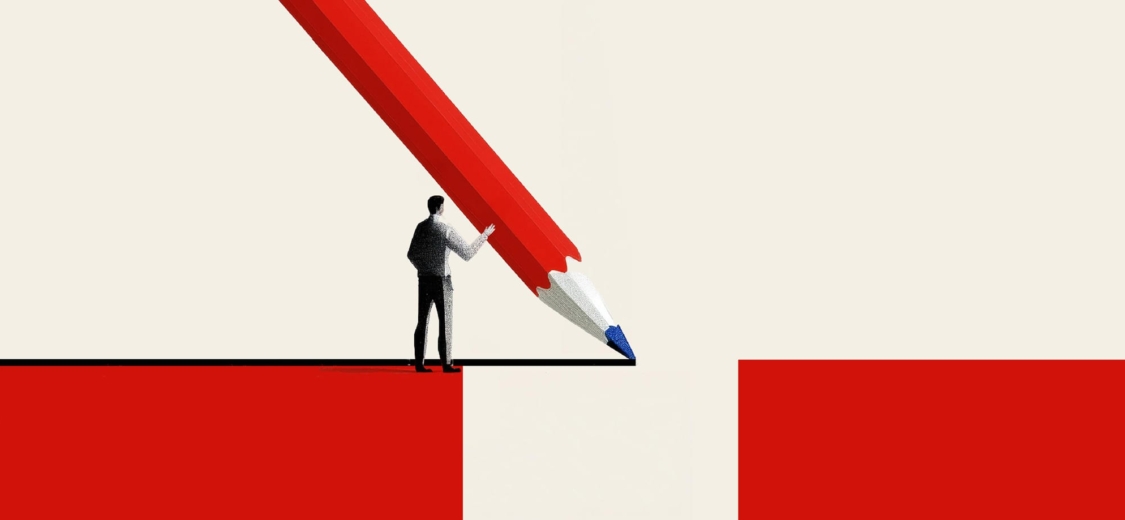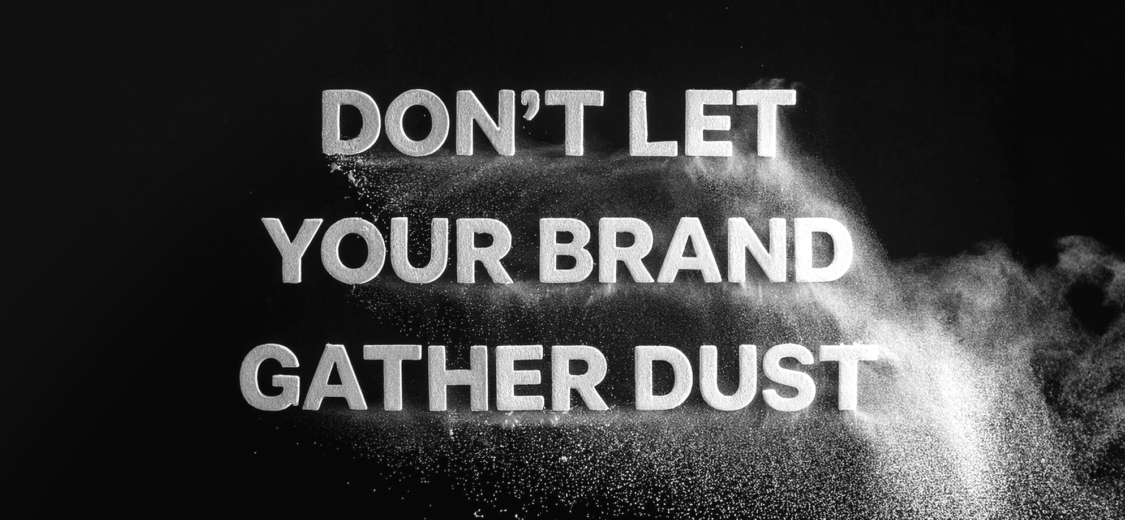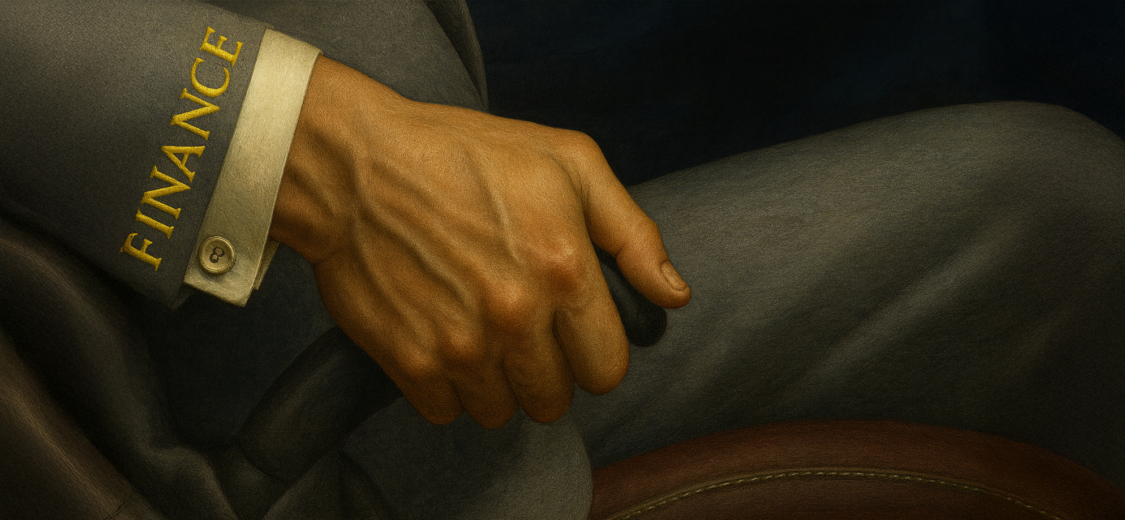
The Handbrake Economy : why belief must come before proof
Every time the market wobbles, the same thing happens. Budgets freeze. Marketing pauses. Ambitions shrink.
The instinct feels rational, protect the bottom line until things stabilise. But what if that instinct is the very thing that stops growth?…
Every time the market wobbles, the same thing happens. Budgets freeze. Marketing pauses. Ambitions shrink.
The instinct feels rational, protect the bottom line until things stabilise. But what if that instinct is the very thing that stops growth? What if waiting for certainty guarantees you’ll never have it?
Welcome to the Handbrake Economy, a moment defined not by crisis, but by hesitation. Businesses are idling, waiting for conditions to improve. Yet history shows that the brands that keep moving during uncertainty are the ones that pull away when calm returns.
The CFO’s chicken and egg
Too often, the CFO’s instinct to protect cash flow ends up with stagnation. In trying to minimise risk, they accidentally maximise it.
Most leadership teams face the same paradox : the CFO wants proof before they will believe. Marketing, however, knows that belief creates the proof.
Brand investment is treated as a cost until the numbers justify it. Unfortunately, brands don’t work that way. You can’t measure something before you’ve built it. You can’t harvest a food before you’ve planted it.
It normally goes like this – the CFO says, “Show me the ROI before we spend.”
The marketer replies, “We’ll have ROI once we invest.”
And around they go – the corporate chicken and egg.
The truth is that brand is belief made visible. It’s the confidence that signals to customers, investors and staff that you’re built for longevity, not just this quarter. You can’t spreadsheet belief; you have to build it, live it and communicate it. Then you’ll see the spreadsheets start to move.
The illusion of safety
Caution feels like control. Pulling the handbrake on looks logical in a boardroom. But in a market where everyone’s waiting, doing nothing isn’t smart.
What we see time and time again is that when pressure hits, businesses don’t just pause spending – they actually stop investing. They bunker down and wait for the bad times to pass.
Projects that everyone agrees are needed suddenly go on hold. The brand refresh, the repositioning, the new product development, the website rebuild, the communications platform, the reworked brand strategy. The very things that build strength and resilience are parked.
Why? Because fear replaces foresight. The handbrake becomes a comfort blanket.
When you cut brand activity, you don’t save money, you surrender momentum and hand competitors your share of attention.
“The market doesn’t reward caution. It actually rewards confidence.”
In uncertain times, brand presence becomes a stabiliser. It reassures customers that you’re steady. It signals resilience to investors. And it keeps employees connected to a sense of purpose when everything else feels unsteady.
Pulling the handbrake might make the P&L look tidy (for a time), but it starves the business of forward motion.
The left brain running the show
Modern companies have become overly analytical, cautious, and obsessed with precision and short-term predictability. That’s how you end up with creative paralysis, marketing reduced to metrics, and brand seen as decoration rather than direction.
The right brain (our brain) is the side that builds meaning, emotion, story and belief, is often sidelined. Yet that’s where growth can actually happen!
“When the left brain runs the company alone, it optimises efficiency. When both sides work together, it builds belief.”
When creativity and conviction are suppressed, brands lose their ability to see opportunity where others see risk, which is why volatility rewards those who keep their nerve.
The balance between finance and imagination is what drives long-term value. Numbers are the evidence, but brand is the energy that makes those numbers possible.
Why volatility is a brand opportunity
Periods of volatility are uncomfortable for all of us, but strategically they can actually be gold.
When markets are noisy, you have to spend more to be heard. When markets go quiet, your voice travels further. Competitors retreat, attention becomes cheaper and audiences notice who keeps showing up.
This is when the compounding effect of brand investment really accelerates. The work you do now, the clarity, the consistency, the confidence can pay off multiple times over when the market rebounds.
“Momentum, not maintenance, is what builds brand value.”
If you only invest when things feel certain, you’ll always be chasing the brands/businesses that created the certainty you were waiting for.
The myth of measurable comfort
It’s tempting to believe that every decision can be justified by data. But data is only ever a rear-view mirror, it measures what has already happened.
Brand, on the other hand, is a forward-facing belief system. It shapes what happens next.
If you’re waiting for evidence before you act, you’re working with yesterday’s information. And in a world changing as fast as this one, yesterday’s information is a liability.
That’s why the smartest brands invest when others pause. They see volatility not as risk but as opportunity. A chance to strengthen their story, sharpen distinction and deepen trust while everyone else goes quiet.
What bold brands do differently
The most effective brands in uncertain times share a few behaviours :
They don’t go dark. They adapt their message, but they stay visible.
They double down on distinctiveness. Visual and verbal consistency pays off when attention spans shorten.
They align internally first. Staff who understand and believe the story become the most powerful ambassadors.
They measure progress differently. They track trust, recall, engagement and advocacy alongside revenue, because they understand those are leading indicators of growth.
These brands don’t confuse prudence with paralysis. They don’t wait for the numbers to tell them it’s safe. They act with belief, and then the numbers follow.
Conviction as differentiation
The safest move in business isn’t the quiet one. It’s the confident one.
When everyone’s hitting the brakes, be the brand that stays in motion. When everyone’s whispering, be the brand that speaks clearly. When the CFO wants proof before belief, remind them that belief is the proof.
“In the Handbrake Economy, conviction is the only real differentiator – I know this because when everyone else slows down, progress belongs to those who keep moving.”
